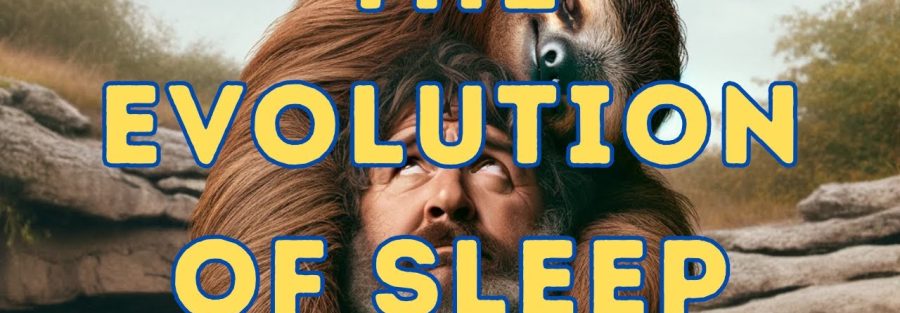The Evolution of Sleep: Insights from Various Species
Sleep is a universal phenomenon observed across the animal kingdom, yet it varies significantly in form and function among different species. Understanding the evolution of sleep provides valuable insights into why sleep is essential and how it has adapted to meet the needs of various organisms. This blog explores the growth of sleep and examines the unique sleep behaviors found in diverse species.
The Origins of Sleep
The evolution of sleep is believed to have begun over 500 million years ago, during a period when early animals were developing nervous systems. As these primitive creatures evolved, so did their need for rest and recovery. Sleep likely provided essential functions such as energy conservation, brain development, and memory consolidation, which are crucial for survival and adaptation.
Sleep in Mammals: A Complex Behavior
Mammals, including humans, have developed complex sleep patterns involving different stages, such as rapid eye movement (REM) and non-REM sleep. REM sleep is associated with dreaming and plays a vital role in brain development and emotional regulation. Non-REM sleep, on the other hand, is crucial for physical restoration and memory consolidation.
Birds: Sleep on the Wing
Birds have unique sleep adaptations that allow them to sleep even while flying. Some species, such as the frigatebird, can sleep with one hemisphere of their brain while the other remains awake. This sleep allows them to stay alert to potential threats and maintain flight over long distances.
Reptiles and Amphibians: Primitive Sleep Patterns
Reptiles and amphibians exhibit simpler sleep patterns compared to mammals and birds. Their sleep does not show clear REM or non-REM stages, but they do experience periods of rest that are crucial for their survival. For instance, some reptiles can enter a state of brumation, a hibernation-like state, during which their metabolic processes slow down significantly. This adaptation allows them to survive in environments with limited resources.
Fish: A State of Restful Alertness
Fish do not sleep in the same way as terrestrial animals, but many species enter a state of restful alertness, where they reduce their activity and responsiveness to stimuli. This form of sleep is crucial for conserving energy and avoiding predators. Some fish, like the parrotfish, even secrete a mucus cocoon around themselves while resting to protect against parasites and other dangers.
Insects and Sleep: Minimalist Rest
Insects exhibit some of the most varied and minimalist sleep behaviors in the animal kingdom. Many insects, like bees and fruit flies, experience rest periods that resemble sleep, but these are typically short and fragmented. Despite their seemingly simple sleep patterns, rest is still vital for their cognitive functions and overall health.
Conclusion
The evolution of sleep across various species reveals the diversity and adaptability of this essential biological function. From the sleep of birds to the minimalist rest of insects, each species has developed unique sleep behaviors that reflect their environmental needs and survival strategies. Understanding the evolution of rest not only provides insights into the mysteries of this universal phenomenon but also highlights the importance of resting for all living beings.
Click Here… for More Information.



